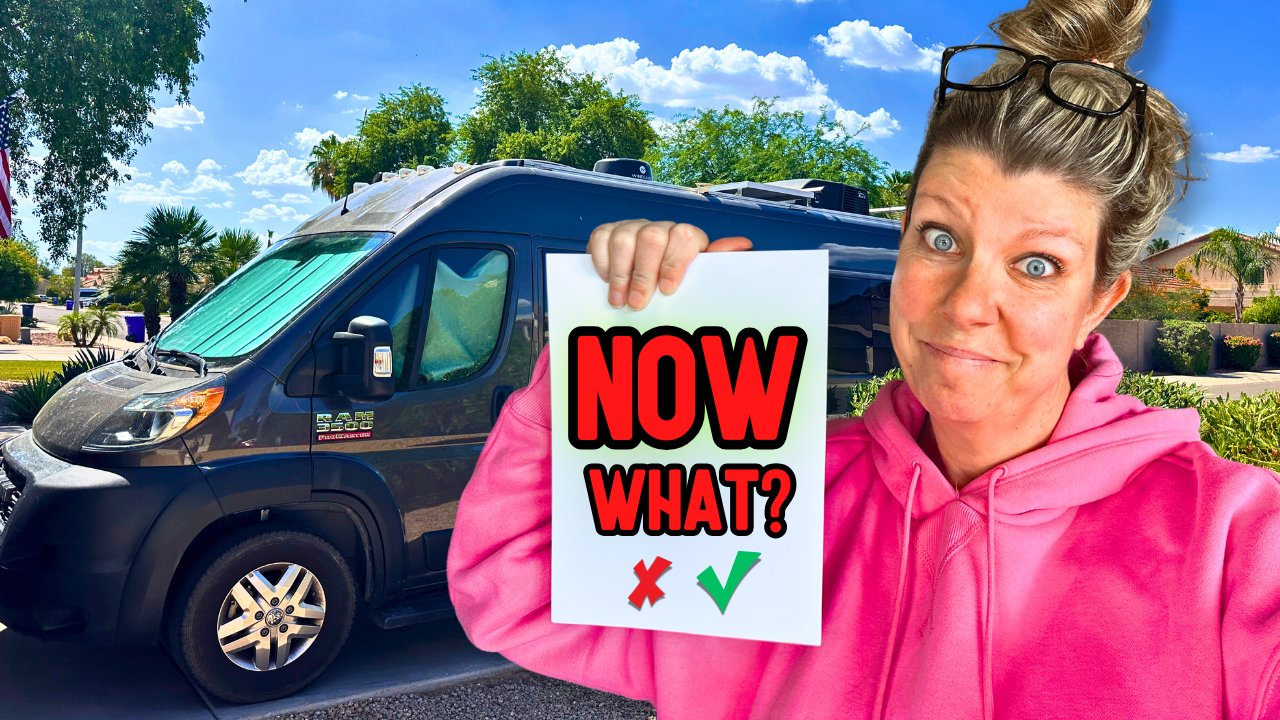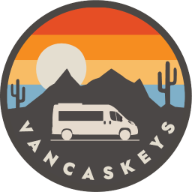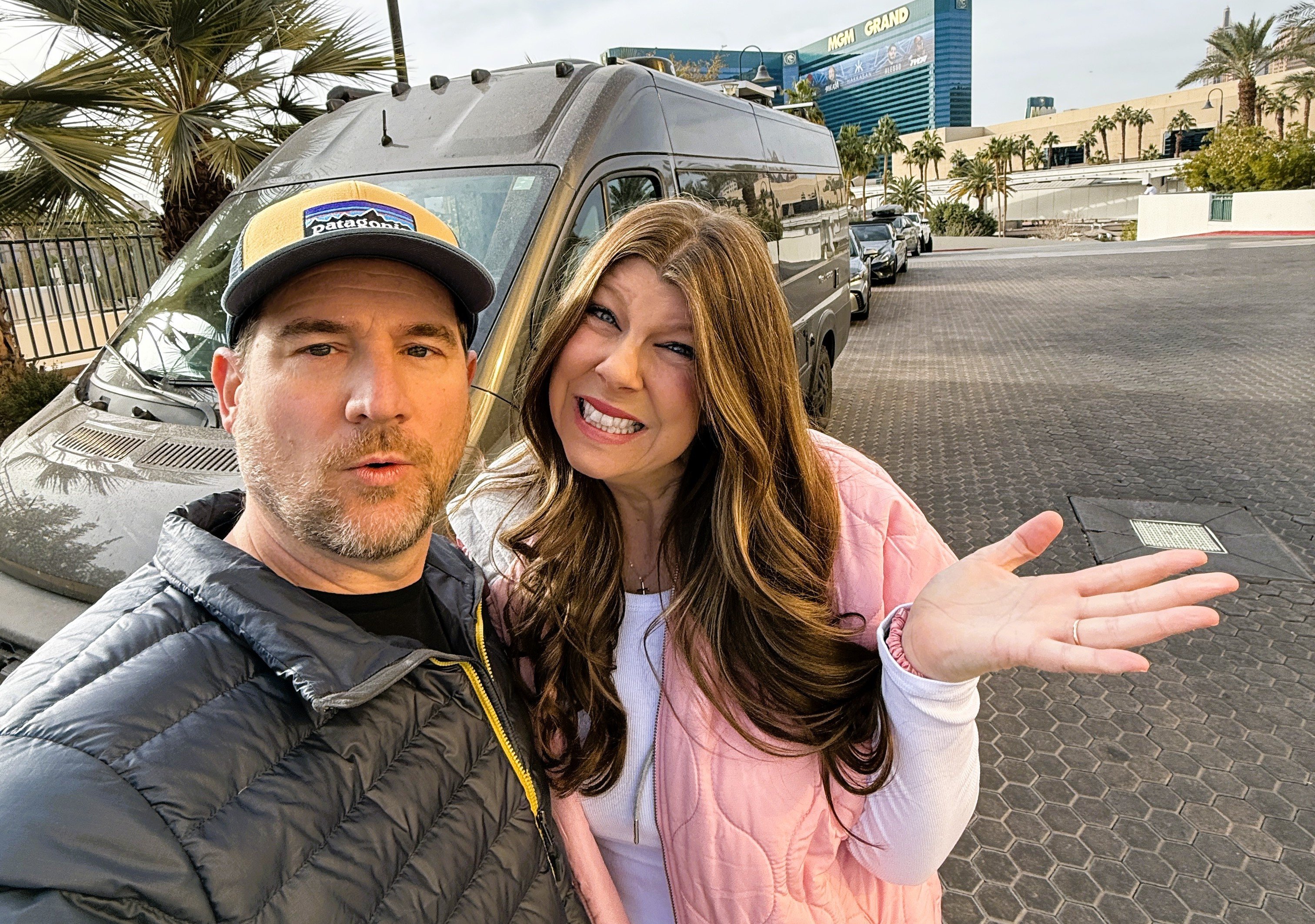First of all — congratulations. You’ve officially joined the club of people who think driving a tiny house around the country is a great idea. And honestly, it is... most of the time.
But before you hit the open road and post that first epic sunset photo, there’s something important you need to do: take a shakedown trip.
What’s a shakedown trip? It’s the polite way of saying, “Find all the problems before you're too far from home.” Let’s get into it.
Plan a Trip Close to Home
Keep your first RV adventure close — like "can still call a friend for a rescue" close. Stick to an hour or two away from home. The goal here isn’t to set records; it’s to learn your RV without risking a full-blown disaster.
Stay at a Full-Service Campground
You’ll want a campground with full hookups: water, electricity, sewer. Trust us, you’re going to want access to everything during this learning curve. Save the off-grid heroics for later.
Build a Checklist
You will forget things. Everyone does. Build a checklist for:
Packing
Setting up
Breaking down
Print it out, laminate it, tattoo it on your arm — whatever it takes. You’ll thank yourself later.
Find and Understand Your Systems
Now is the time to locate and understand your water system, electrical panel, filters, tanks, and switches.
Check every connection. Tighten anything that looks suspicious. A loose water line can quickly turn your trip into an indoor pool party you did not plan for.
Test Your Water System
Run all the faucets, check the toilet, test the hot water heater. Look for leaks. Make sure the water pump does what it’s supposed to. Water has a bad habit of finding its way into the worst places when you least expect it.
Learn Your Appliances
Take some time to get to know your fridge, microwave, water heater, and stove. They each have their own quirks. You do not want to figure out how to light the water heater when you are cold, wet, and angry.
Bathroom Tips and Tricks
Test the toilet thoroughly. Always use RV-safe toilet paper. Always know how full your black tank is. Learn from our mistakes: plumbing issues on the road are not a fun adventure.
Check Your Electrical System
Make sure all the electrical connections are secure. Loose wiring can cause big problems fast. Do not trust that everything was perfect when you picked it up — check it yourself.
Check Your Water Tank Connections
Locate your fresh water tank and inspect all the connections. This step is boring but critical. A leaking tank can destroy your floor before you even realize what’s happening.
Check Under the Hood
Pop the hood and at least pretend to inspect everything. Look for anything that seems out of place, leaks, frayed wires, or things that seem suspiciously oily.
Have a Plan (and a Backup Plan)
Know where you are going. Have a backup campground picked out. Have backup plans for food, water, and getting home if something breaks.
A little preparation now saves a lot of stress later.
Post-Trip Inspection
When you get home, check everything:
Look for leaks
Tighten anything that came loose
Test your systems again
The small problems you find now are a lot cheaper and easier to fix before your first long trip.
Our Biggest Regret
We skipped a proper shakedown trip before our first real RV adventure. Huge mistake.
We learned the hard way that small problems become big problems very quickly when you're far from home.
The #1 Thing to Do Before You Even Buy an RV
Hire a professional RV inspector before signing anything. It might cost a little upfront, but it could save you thousands later on repairs, frustration, and regret.
Get the inspection. Sleep better at night.
Bottom Line:
Take a deep breath.
Go slow.
Do a short shakedown trip.
Learn everything you can about your rig now, when the stakes are low, and the campground showers are just a short walk away.
You'll be a lot more ready for the open road — and you’ll actually enjoy it.



